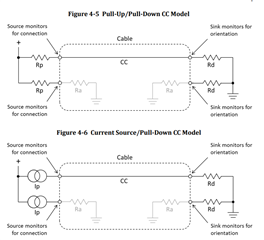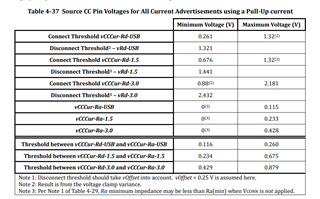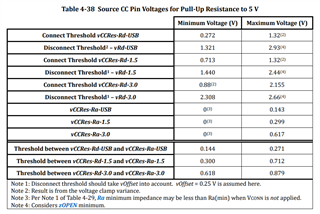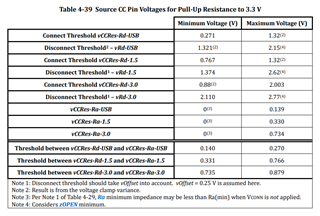Other Parts Discussed in Thread: TUSB321, TPS2013,
Tool/software:
I am designing a system that uses the TUSB321 to figure out the high-speed lane swapping. Data is private, and not intended to work with other USB-C systems. All voltages are in spec in case someone does connect it to a phone or laptop.
Board A: Can supply power but will never need power. Is configured as a DRP
Board B: Will need power and is configured as a UFP
Options:
1) Board A connected to Board B.
In this configuration, the DRP port must come up as a DFP and supply 5V power to the UFP device.
2) Two Board B connected to each other. Both sides are chips in DRP and must figure out who is the DFP and who is the UFP. I really don't care, but I do need the DIR pin on either side to know how to swap the high-speed lanes. Power must not flow between these two boards, in either direction.
Board B is easy got that figured out.
Board A is a little harder. I know how to configure the chip, but the power is the problem. This board has it's own 5V internal supply. I can power VDD from this. But I am un-sure what VBUS_DET should connect to.
And so far the only thing I can figure is to put a diode on the connector VBUS so power can only flow out of the board. But I don't like the voltage drop. Boards B will not care if the supply is a little lower, but I am un-sure if the TUSB on Board B is to low and not come up. I have looked into some PFET options, but they need to be automatic and just block current from coming into the board. So far I have not been able to figure this one out.
Any suggestions.








